 
Maxon in the Mid-1970s
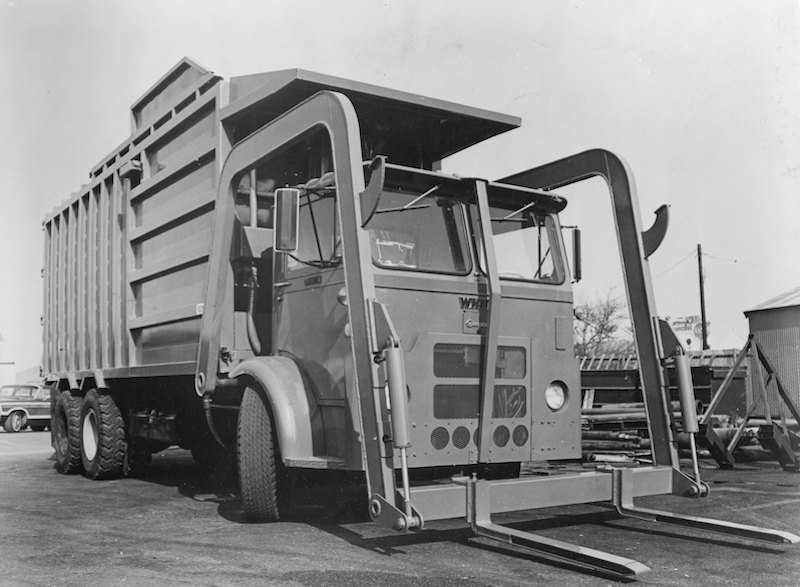
1973 Maxon Full-Pak front loader
While most of the Bemars product line remained static and retained its own brand identity, Maxon began to gradually condense their Western Body & Hoist product lines during the mid-1970s. The Jet and Barrel Snatcher were eliminated completely, while the Half-Pak got a reprieve, if only for a short time. The Western Full-Pak front loader was redesigned for 1973, and probably qualifies as the first true Maxon model. The body looked very much like the Western Half-Pak, but with a full-travel platen. The old horizontal cylinder, with its massive "big horn" protrusion was replaced by a vertical-mounted cylinder which extended partially out of the front of the body. The big ram had only three telescopic stages, allowing it to deliver more force at the end of the stroke, compared to six-stage rams. By this time, the "Western Body & Hoist " badges and brand identification had been replaced with the Maxon name.
The Shu-Pak, now also branded as a Maxon, was heavily marketed nationwide. Maxon did a good job of publicizing the efficiency and savings of one-man collection trucks, with case studies from their existing customers in the west, and newspaper articles about the experiences of eastern users who had made the switch. If the cash-strapped municipalities of the 1970s had to replace equipment, these one-man trucks helped offset the cost with their efficiency and labor savings. For the handful of communities then dabbling in automated collections, the Shu-Pak was adaptable to the new technology, whereas a conventional rear loader was ill-suited to that task. The effort had borne fruit, with Shu-Pak landing new customers in Illinois, Ohio, Pennsylvania and Michigan, including the the City of Detroit in 1976. Down south, St. Petersburg, Florida came on board as well. Within a few years, the ultimate prize of all, The Big Apple, would be within reach...although it would also bring bitter disappointment as well.
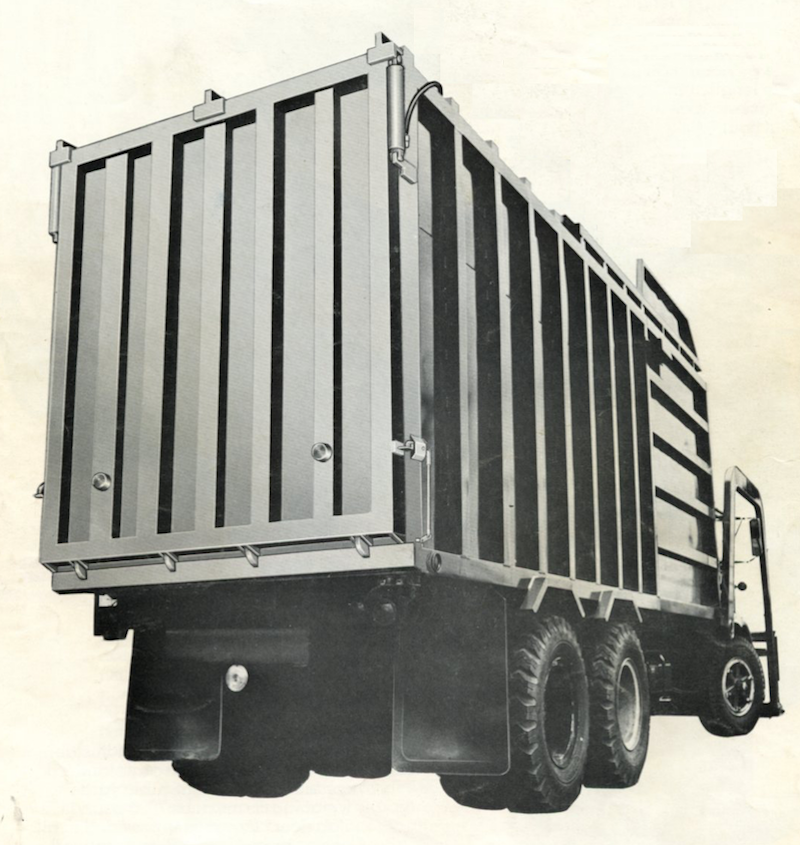
Rear view of the 1973 Maxon Full-Pak, with optional hydraulic tailgate
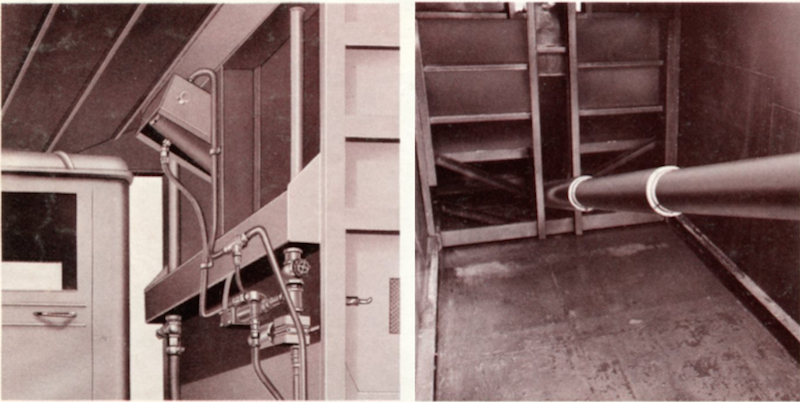
New Full-Pak had powerful 3-stage ram, which extended out of the front end of the body
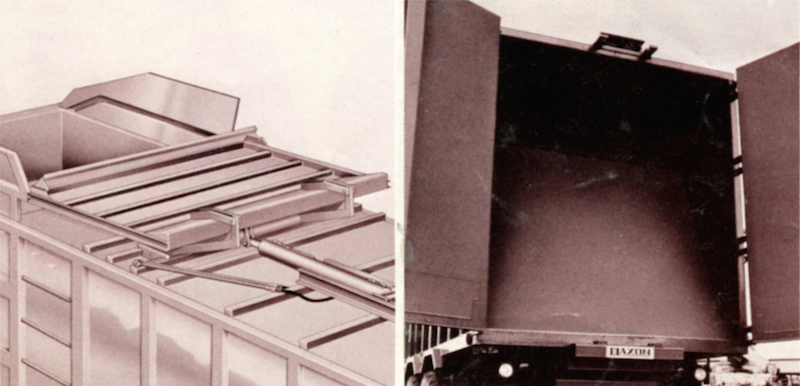
Full-Pack hopper door (left) and standard barn doors (right)
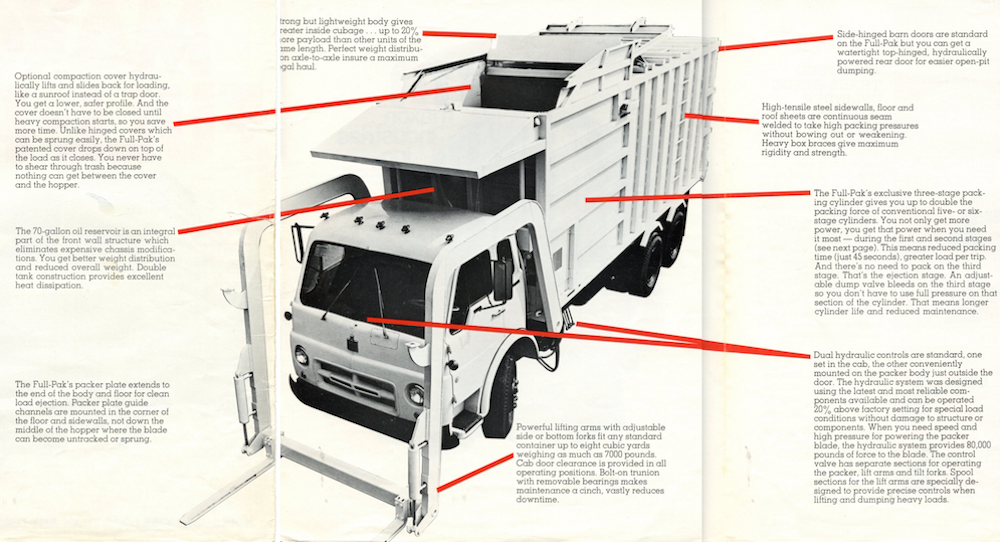
1973 Maxon Full-Pak details
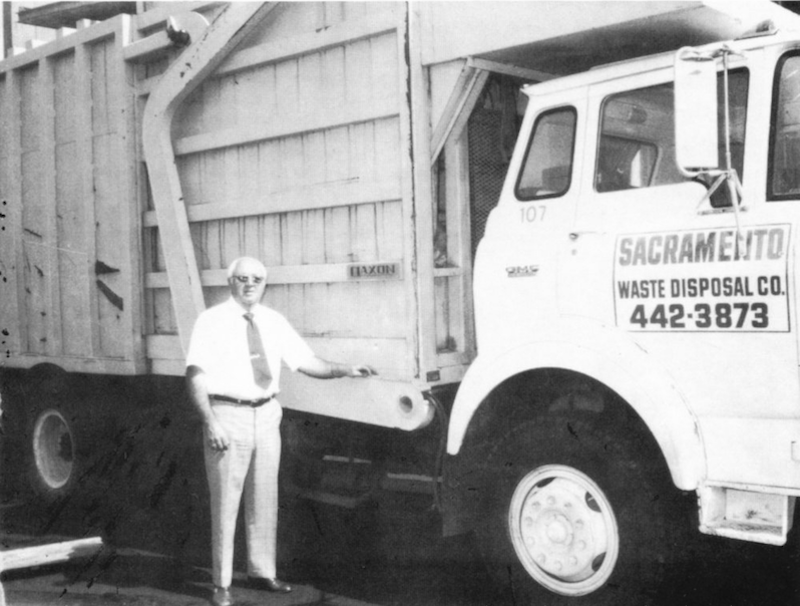
In their last years, the Western Body & Hoist-designed Half-Pak models received Maxon badges
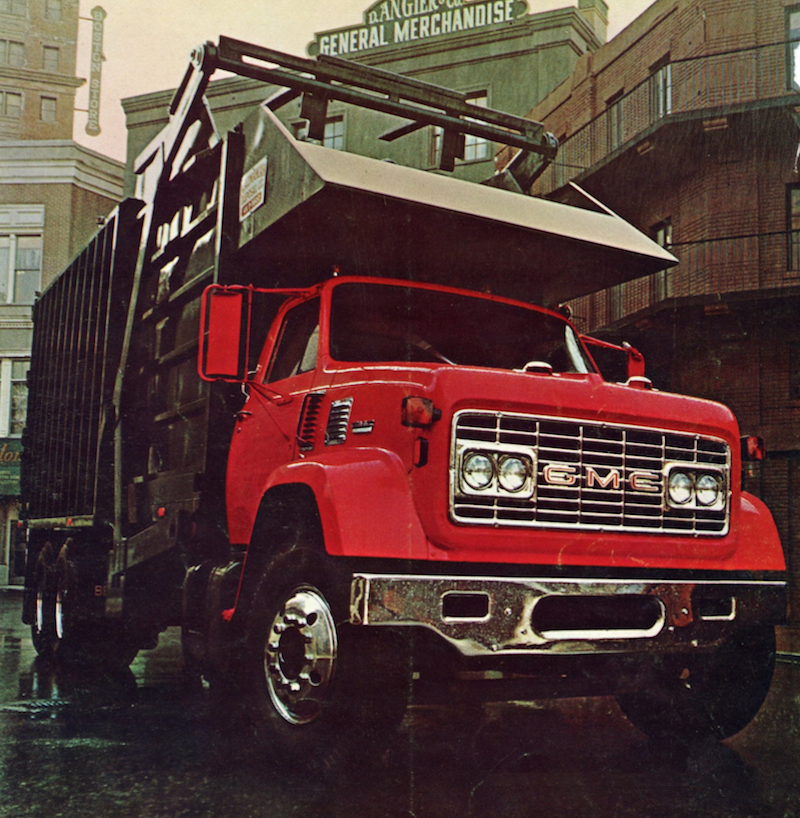
Conventional cab and LCF models equipped with front loaders (such as this GMC/Bemars-Maxon) were becoming rare by the 1970s
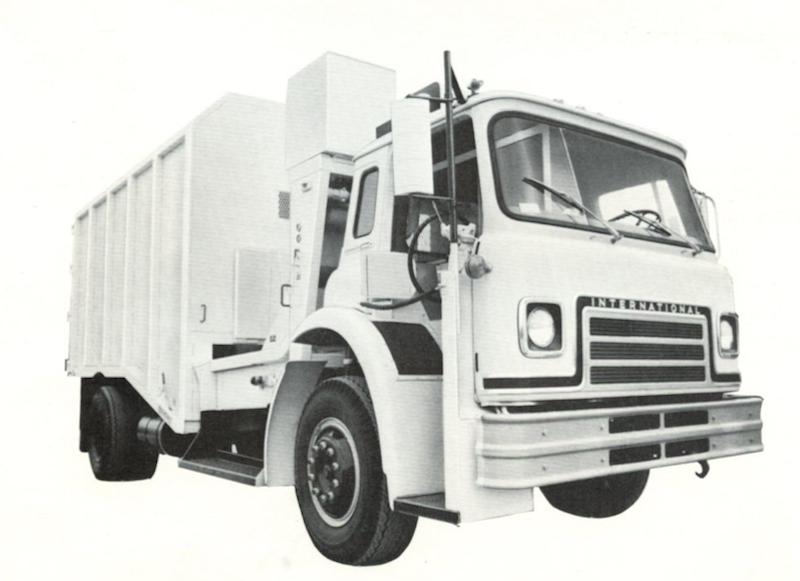
Shu-Pak went national in the 1970s, and was usually sold atop a modified cabover truck, with stand-up right-hand drive, such as this International Cargostar

Shu-Pak one-man drive-and-pitch system radically reduced daily walking distances for refuse collectors
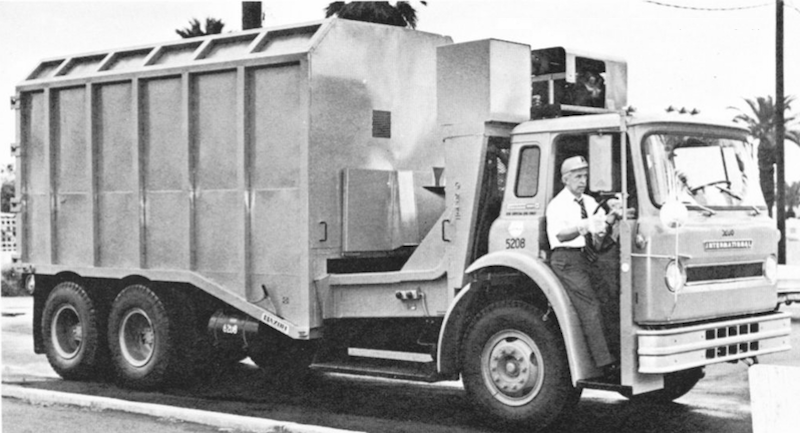
Phoenix Mayor John Driggs test drives one of 44 new Maxon Shu-Paks ordered for his city in the Fall of 1972.
3-man crews were replaced with 1 man with a 33-yard Shu-Pak
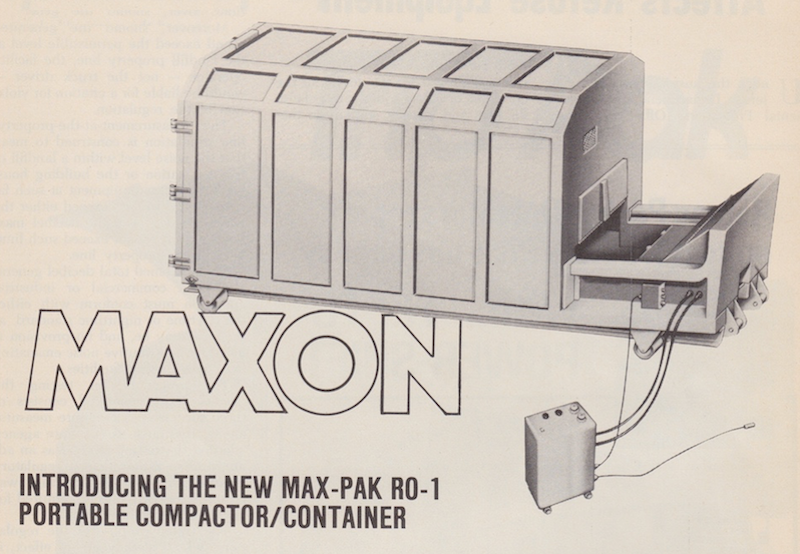
Stationary Max-Pak RO-1 for on-site use, with pickup and delivery via roll-off
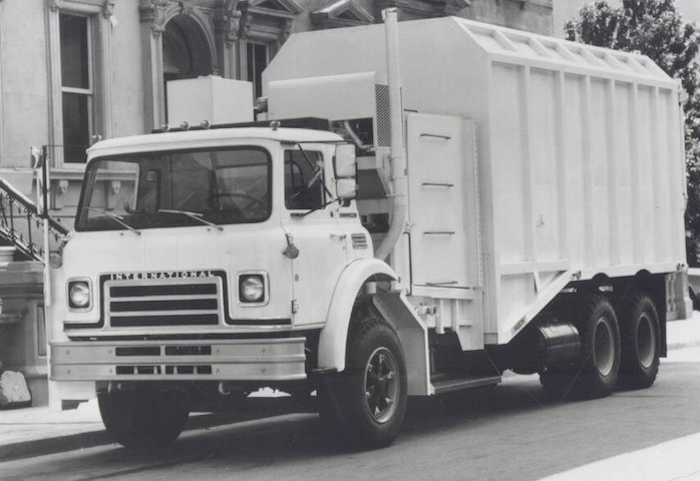
37-yard Shu-Pak carried more refuse, less dead weight
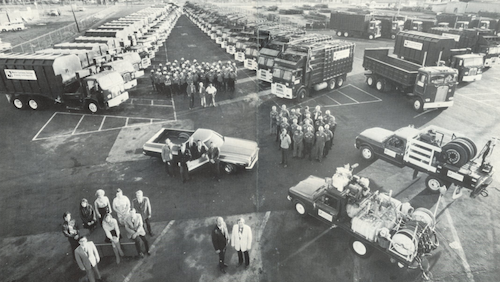
Unknown California BFI division from the mid-70s with a yard full of Shu-Paks and Bemars front loaders
CLICK IMAGE TO OPEN LARGER VERSION IN A NEW WINDOW (2000 pixels)



8/6/17
© 2017
All Rights Reserved
Photos from factory brochures/advertisements except as noted
Logos shown are the trademarks of respective manufacturers
|
|